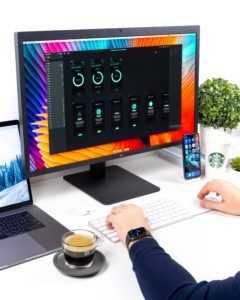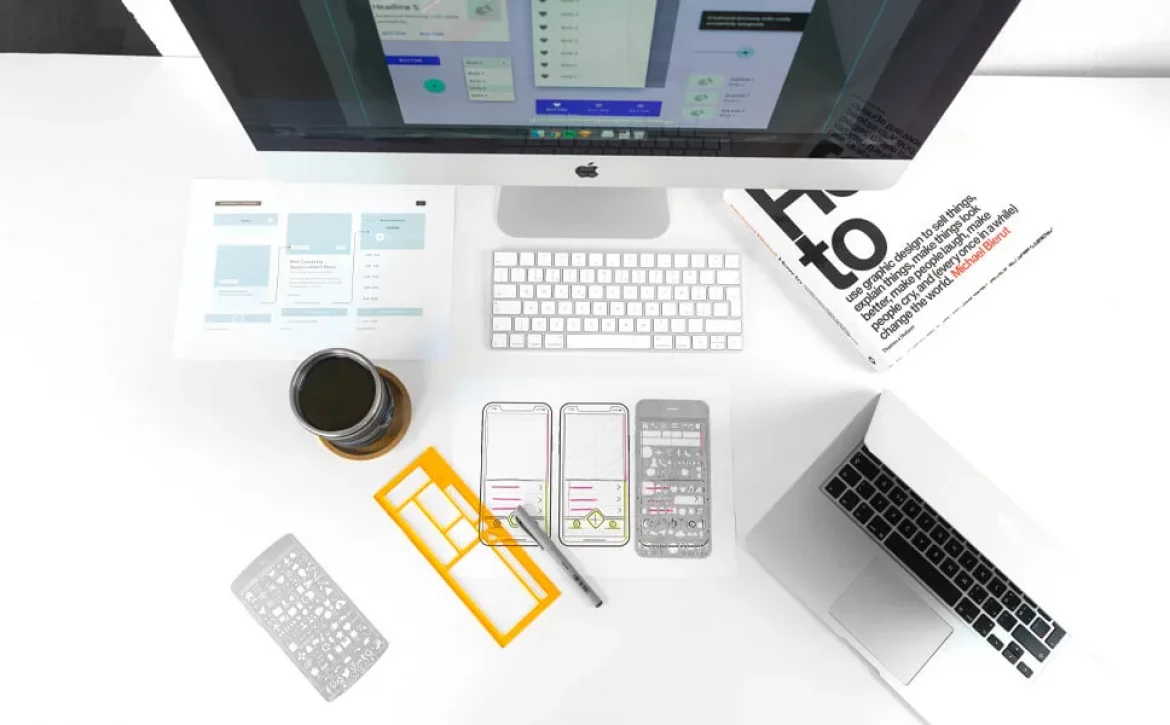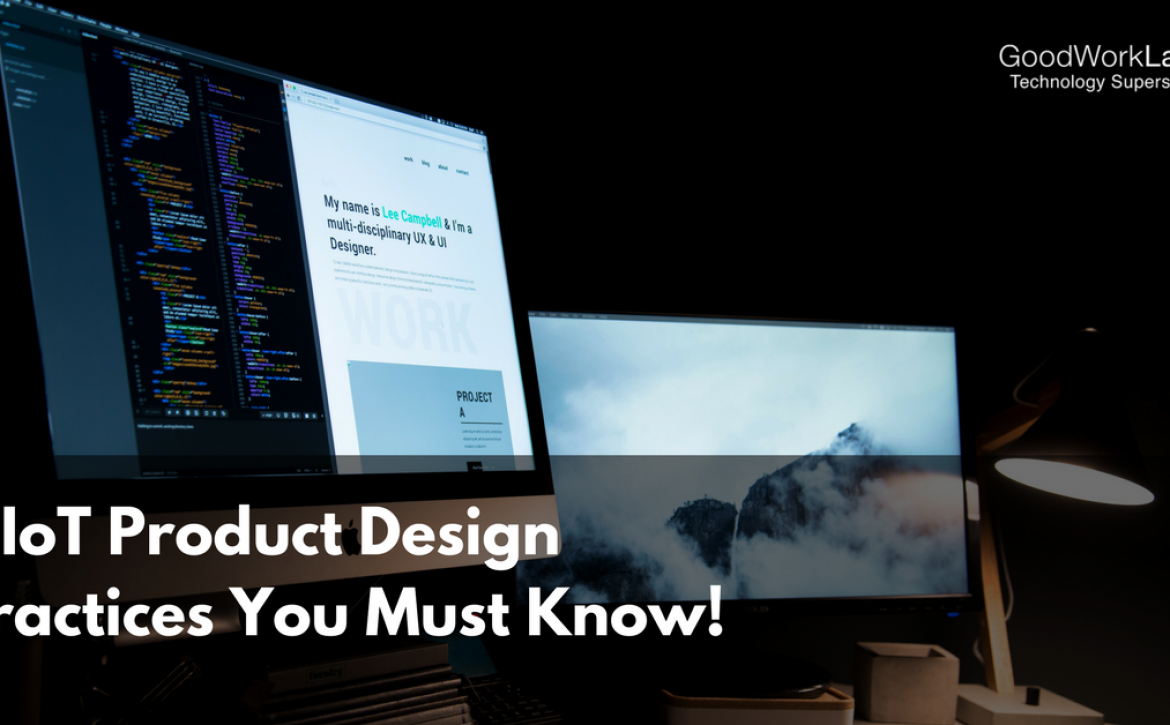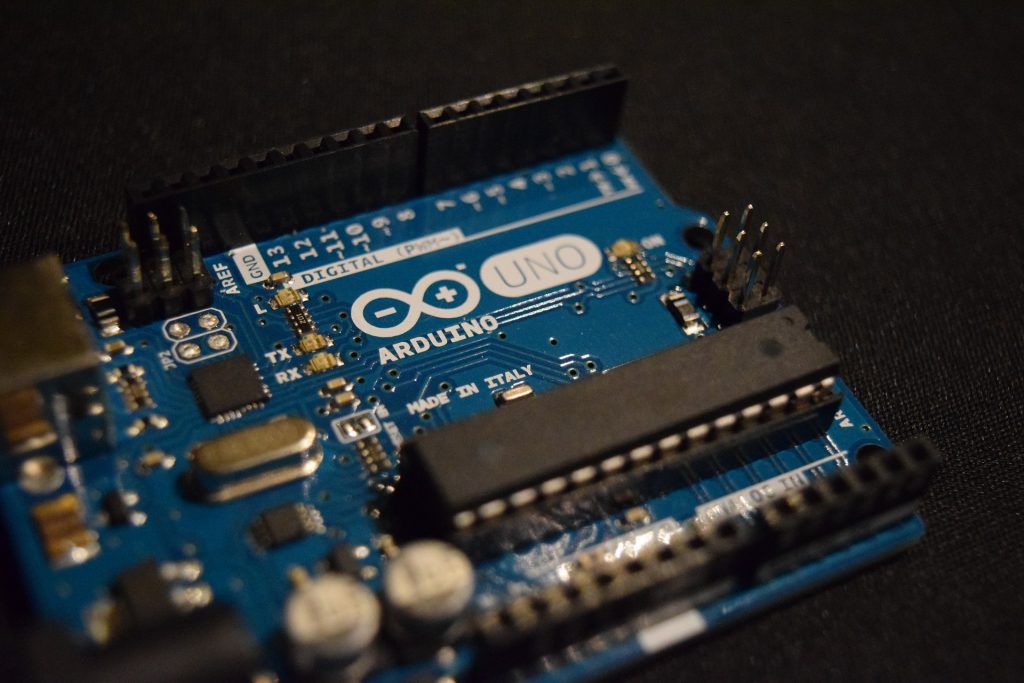Best Practices in Product Design Achieving Excellence and User Satisfaction
Product design plays a vital role in creating successful and user-centric products. It involves a thoughtful blend of aesthetics, functionality, and usability. In this article, we will explore some of the best practices in product design that can help designers and businesses achieve excellence and create products that delight users. From user research and iterative design to seamless user experiences and accessibility considerations, these practices can guide designers in developing innovative and impactful products.
User-Centered Design
User-centered design (UCD) is a fundamental principle that drives successful product design. It revolves around understanding and empathizing with the needs, preferences, and behaviors of the target users throughout the design process. To create user-centric products, designers must invest time and effort in conducting thorough user research. This involves gathering qualitative and quantitative data to gain a deep understanding of the target audience. Interviews allow designers to engage directly with users, uncover their motivations, pain points, and desires. Surveys provide a broader perspective, capturing insights from a larger user base. Usability tests enable designers to observe users interacting with prototypes or existing products, identifying areas for improvement and validating design decisions. By combining these research methods, designers can develop a comprehensive understanding of user needs, aspirations, and behavior patterns.
Involving users in the design process through co-creation sessions fosters collaboration and ensures that their voices are heard. Co-creation sessions bring designers and users together to ideate, prototype, and test ideas collectively. This collaborative approach encourages users to share their insights, preferences, and suggestions, enabling designers to refine their designs and make informed decisions. By involving users as active participants, designers gain valuable perspectives, enhance user satisfaction, and build a sense of ownership among the user community.
Iterative Design Process
The iterative design process is a powerful methodology that enables designers to refine and enhance their products through continuous iteration and improvement. It involves creating prototypes and gathering user feedback, allowing designers to make informed adjustments and refinements based on real-world usage. This iterative approach ensures that design decisions are not based on assumptions or guesswork but are grounded in user insights, leading to the development of more effective and user-friendly products.
The iterative design process is not a one-time endeavor but rather a continuous cycle of refinement and improvement. Designers repeat the prototyping, feedback collection, analysis, and adjustment stages multiple times throughout the product development lifecycle. Each iteration brings the design closer to its optimal state by incorporating user insights and addressing design flaws. This iterative cycle continues until the design meets user needs, aligns with project goals, and achieves a high level of user satisfaction.
By adopting an iterative design process, designers can create products that are finely tuned to user expectations and preferences. This approach reduces the risk of launching a product that fails to meet user needs and minimizes costly redesign efforts. It also allows designers to stay responsive to changing market dynamics, emerging technologies, and evolving user behaviors. Ultimately, the iterative design process empowers designers to create products that are not only functional and visually appealing but also highly usable, intuitive, and enjoyable for the end-users.
Seamless User Experience
A seamless user experience (UX) is crucial in product design. It involves creating a cohesive and intuitive journey for users, from the initial interaction to the final goal. Consistency in visual elements, such as typography, colors, and icons, contributes to a coherent and familiar interface that users can easily navigate.
Designers should Prioritise creating a clear and organized information architecture. This involves structuring and categorizing content in a logical manner, ensuring that users can easily find what they are looking for. By organizing information hierarchically and using intuitive labels and menus, designers can guide users through the product and help them locate relevant features or content effortlessly.

Accessibility and Inclusivity
Designing products that are accessible and inclusive is essential for reaching a diverse audience. By considering accessibility guidelines and standards, designers can ensure that their products are usable by individuals with disabilities. This includes providing alternative text for images, offering keyboard navigation options, and designing with colour contrast in mind. Inclusivity also extends to considering cultural and language differences, allowing users from various backgrounds to engage with the product seamlessly.
Collaboration and Cross-Functional Teams
Successful product design often requires collaboration among cross-functional teams. By involving stakeholders from different disciplines, such as design, engineering, and marketing, designers can benefit from diverse perspectives and expertise. Collaboration fosters a holistic approach to product development, ensuring that all aspects, including technical feasibility and market viability, are considered from the early stages. Effective communication and teamwork throughout the process lead to better outcomes and a shared understanding of the product vision.
Usability Testing and Feedback Loops
Usability testing is a valuable practice that allows designers to validate their design decisions and gather feedback from real users. By observing users interacting with the product and collecting their insights, designers can identify areas for improvement and validate design hypotheses. Feedback loops, involving user testing and iteration, ensure continuous refinement of the product, enhancing its usability and overall quality.
Here are Some Additional Tips that May Help you in your Product design Journey.
- Use design thinking: Design thinking is a human-centered approach to problem-solving that can help you create products that are truly innovative and user-friendly.
- Collaborate with others: Product design is not a one-person job. By collaborating with others, you can get different perspectives and ideas, which can lead to better products.
- Be flexible: Things don’t always go according to plan in product design. Be prepared to adapt and change your plans as needed.
- Have fun!: Product design can be a lot of fun. Enjoy the process and don’t be afraid to experiment.
In the dynamic landscape of product design, following best practices is essential for creating products that resonate with users and drive success. By adopting user-centered design, embracing an iterative process, ensuring a seamless user experience, prioritizing accessibility and inclusivity, fostering collaboration, and leveraging usability testing, designers can elevate their craft and deliver outstanding products. These best practices not only enhance user satisfaction but also contribute to long-term business success by creating products that are user-centric, innovative, and impactful. By staying committed to these practices, designers can consistently deliver excellence in product design.
If you are interested in product design and development, you could also hand it over to the experts who specialize in delivering such services. For instance, GoodWorkLabs, one the leading software and app development company in Bangalore, delivers cutting-edge custom solutions for global customers and your software or application development can be handed over to their trustworthy hands. Check out GoodWorkLabs’ software and app development portfolio and see how you can take advantage of that expertise to boost your business.





